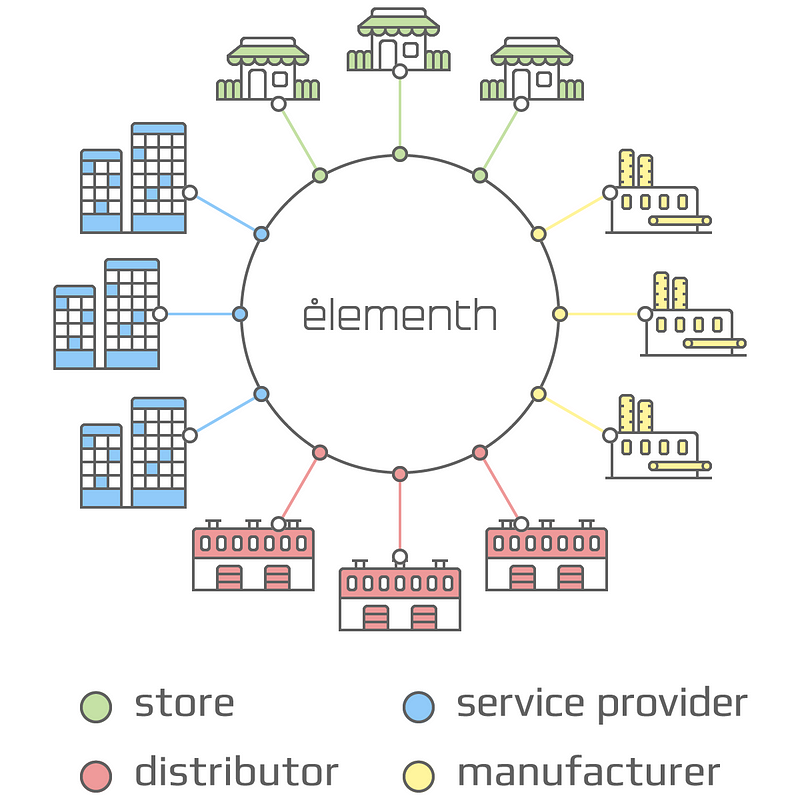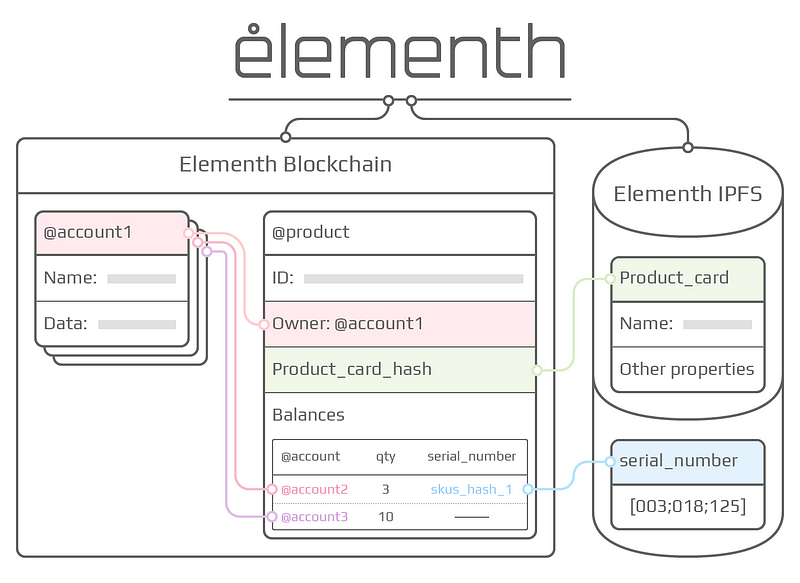
Element: there is nothing in the blockchain area, which is destined to break the modern world of electronic commerce. Elementh is a block chain for electronic commerce, which is a list of elements that can be used for various applications and centralized for electronic commerce.
The idea to take blockchain technology and apply it to other concepts, as well as a long history. In 2005, Nick Szabo proposed the concept differently from authorization of owner [7], which explains how "creating new databases in replicated technologies" would create systems used to manage computers that have lots of space, creating complex structures. concepts such as manors, unfavorable properties and territorial taxes. Unfortunately, at the time there was no effective replicated database system, no protocols were implemented. However, after 2009, as soon as the decentralized Bitcoin consensus evolved, several alternative applications soon emerged.
The lack of a smart Bitcoin contract, in the first place, the absence of Turing's complete programming language, led to credit from the Ethereum block chain, a special block chain that made it possible to write Turing's complete smart contract. Ethereum plans to move forward into the future, but is currently still working on the PoW protocol, which affects the speed and cost in the system. The alternative is the EOS block chain, which is currently being developed. It provides the ability to write smart contracts, works in the dPoS protocol and helps create decentralized applications based on its own block chain.

The basic purpose is to create alternative protocols to develop decentralized applications used by electronic commerce, provide quality standards, publish special products and facilitate the creation of smart contracts specifically for electronic commerce. Elementh will achieve this by creating a blockchain with Turing's integrated programming language, which enables anyone to write smart contracts and decentralized apps, enabling the use of integrated product cards, e-commerce transactions and property transfers. .
Once blocking technology is in place, many people and distributors trade, mainly in format two: decentralized markets, such as OpenBazaar, Syscoin, Particl, etc.; and payment systems that use currency cryptoes in stores, such as Monetha, TenX, Plutus, and others. While the second group essentially makes PayPal more clear in the financial sector, the decentralized market exemplifies blockchain and e-commerce.
With the token system, Elementh has a merchandise system, which can also be used in different ways, such as different article creation. Unlike the token system, the merchandise system also provides the ability to "complete" a particular product at a particular address, showing all possible data data (such as name, manufacturer, barcode, etc.). And if the element already exists in the block chain, the editor will receive a message about it, and will have an event to show the many elements that he wants to "publish"

Along with the token system, ElementhIt has a merchandise system, which can also be used in a large number of applications, such as tracking the movement of certain goods from their manufactures to the current owner, tracing the goods genuine and detecting counterfeit products. . Unlike the token system, the goods system also offers the ability to "issue" certain products at a particular address, which shows all possible data from articles (such as names, manufacturers, barcodes, etc.). And if the same element already exists in the blockchain, the editor will receive a message about it, and will have a chance to show how many elements he wants to "show". If an item has a serial number, you can specify when the transfer operation is performed.
To provide protection against forged data, only the hash of the serial number specified in the system, therefore, only the person who knows the initial number has the ability to perform a valid transaction. In the absence of a serial number when the article is "extracted", the system generates it randomly and the owner can use it to identify a particular item by printing a QR code on its packaging, writing it on RFID tags or by other simple means. .
Pre-sale slip
January 15, 2018 - February 14, 2018,
token selection
April 1, 2018 - April 30, 2018
Add it
sales information sign
:
EEE platform etc.
Token Type: ERC 20
available for sale: 217 500 000 EEE
ROAD MAP.
2012 Establishment of MIIIX company
2012 Investment Business Partners RSV and company
2014 The number of product categories is 1000 years
2016 In the MIIIX database there are 70 million SKUs in 30,000 product categories, 1000 stores from various industries, customers from small stores to the largest e-commerce portal (Sberbank AST)
2017 Transition to blockchain technology with the introduction of the Elementh open source project.
01/2018 PRE-SALE PERIOD (15.01 - 31.01)
Whitelist only; min 10ETH or 1BTC; max. 100 buyers;
02/2018 Pre-ICO (01.02 - 14.02)
min 1ETH or 0.1BTC; max. 1000 buyers; 1EEE = 0,0001ETH; BONUS white list: Day one: 30%, Day 2: 15%
03/2018 ICO (01.04 - 30.04)
1EEE = 0.0002ETH; BONUS white list: Day one: 30%, Day 2: 15%
06/2018 Blockchain Alpha-Elementh Version
09/2018 The blockchain element of testNet
12/2018 Launch block
Elementh 03/2019 Launch of the first DAPP.
For more information and to join the current social network debit element, follow some sources for the following references:
Official website: https://elementh.io/
Report: https://github.com/ElementhFoundation/Documentation/blob/master/ElementhWhitepaperEN.md
JN Thread: https://bitcointalk.org/index.php?topic=2590603.new#new
Official Facebook page: https://www.facebook.com/Elementh-1371154296341075/
Official Twitter page: https://twitter.com/Ahooleeman
Official Telegram Channel: https://t.me/elementh_community
AUTHOR: Gunting
https://bitcointalk.org/index.php?action=profile
Tidak ada komentar:
Posting Komentar